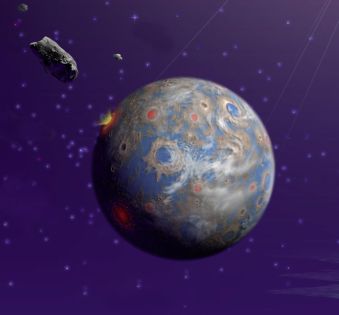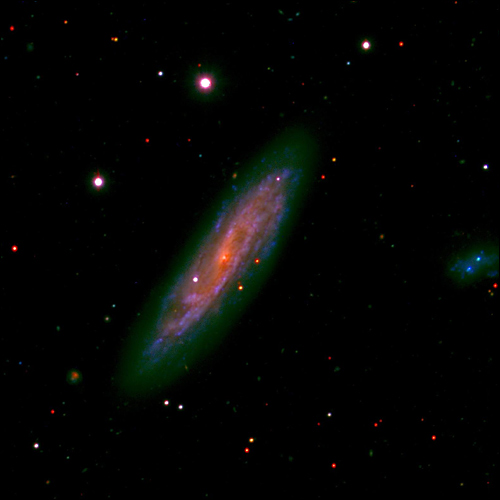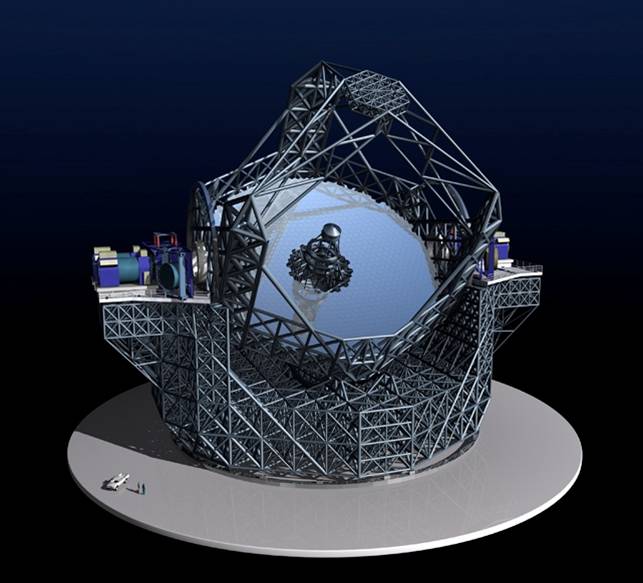The wonderfully named John Learned of the University of Hawaii theorises that alien intelligences could use Cepheid variable stars as nodes on a sort of intragalactic communications network [via @spacearcheology, who retweeted @swadeshine]:
Jolting the star with a kick of energy – possibly by shooting it with a beam of high-energy particles called neutrinos – could advance the pulsation by causing its core to heat up and expand, they say.
That could shorten its brightness cycle – just as an electric stimulus to a human heart at the right time can advance a heartbeat. The normal and shortened cycles could be used to encode binary “0”s and “1”s.
The team says information could thus be shuttled around our galaxy’s network of 500 or so Cepheids – and out as far as the Virgo cluster of galaxies.
Because a civilisation capable of such engineering feats would be sure to turn them to the task of… er, using stars as Morse keys. This guy has made exactly the mistake that Sam Vaknin was on about.



